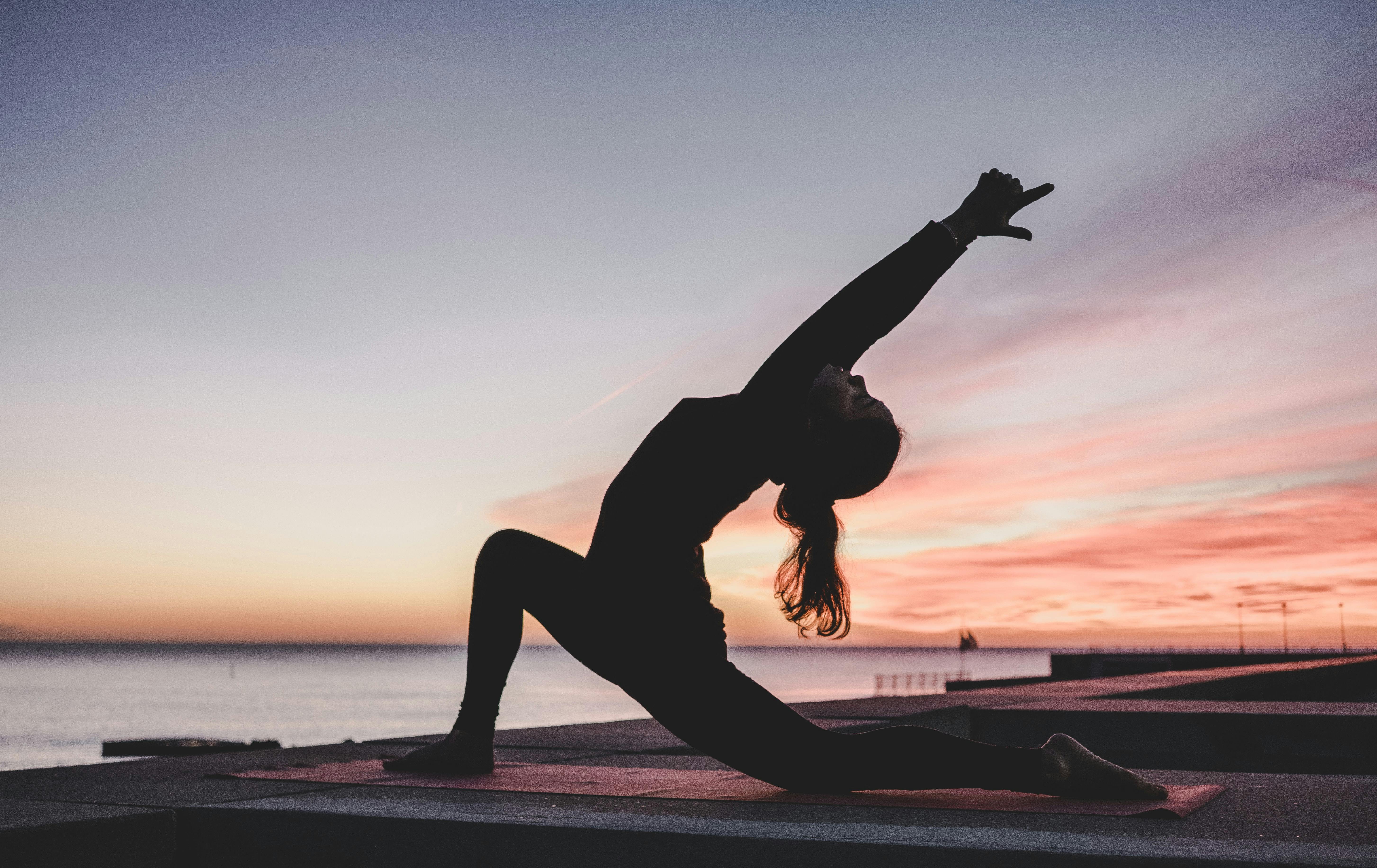Engaging the wellbeing advocate – taking a healthy approach
One of the more welcome side-effects of the global pandemic is a renewed focus on health and wellbeing. From solo running apps to zoom-based fitness classes and mindfulness sessions, the UK has seen a 51% increase in prioritisation of health-based activities.
That's what McKinsey’s report ‘Feeling good: The future of the $1.5 trillion wellness market’ discovered. And these wellbeing advocates have a particular set of needs when it comes to customer experience and finding the right sports and activewear to get the most from their chosen activities.
The fitness five
As shoppers, wellbeing advocates are looking for an experience that supports their overall aims for health and fitness – they want to feel good about their choice and that it contributes to their personal plan for self-care. That means sports and activewear retailers need to be on top of five key requirements for making customers feel comfortable, positive and, above all, seen.
1 Health At Every Size (HAES)
With its origins in the ‘60s, HAES as a concept has become more and more popular as those with an interest in health and fitness have come to realise that it is possible to be fit and active no matter what your size or body shape may be.
For retailers, this means acknowledging the departure from the traditional image of what a ‘fit’ person looks like and ensuring that their products meet the needs of all, from offering properly-designed plus-size activewear to developing fitness equipment that gives a proper workout to whoever wants to use it.
2 Encouragement from every starting point
This goes hand in hand with HAES – people wanting to be healthier and fitter will not all be starting their journey from the same place, and they need to feel accepted and encouraged whether they’re taking their first steps or are further down the track.
Retailers can support this by ensuring their store associates have the expertise to become a trusted advisor for those looking for guidance on what to wear and how to buy, from tips for beginners to more advanced insights for people with established regimes.
3 Honesty about sizing, sustainability and performance
One of the biggest issues facing customers looking for activewear is the sheer amount of choice when it comes to selecting the right product, when there appears to be no clear protocol around correct sizing or fabric selection to suit each activity. Lack of consistency across brands can lead to dissatisfaction with their experience and loss of trust in retailers to provide products that truly work for the customer. And it doesn’t end with personal preferences – wellbeing advocates tend to be keenly aware of the need to support sustainable and responsible sourcing and manufacturing – they will expect the brands they choose to be open about their processes.
This is where retailers need to create ambassadors for their brand by giving them access to all the information they need about how their specific ranges work when it comes to sizing and activity-based performance, as well as in-depth knowledge of where and how their products are made. Transparency across the board builds trust between customer and store associate, and in turn between store associate and retailer.
4 Breaking body taboos
From tennis star Petra Kvitova’s frank discussion about how hormones affect performance to Adidas’ ‘Stay In Play’ period-proof sportswear range, the world of sports and fitness is finally acknowledging that the human body has specific needs that can make a difference to how, when and where people take part in fitness activities. The ability to access kit that supports those needs and encourages people to feel confident about participating will change the fitness landscape for the better.
To remain relevant to customers, retailers must take the lead from brands that have already made progress in breaking body taboos – when it comes to customer experience, they need to be able to show both through products and in-store engagement that they understand the challenges and have built solutions in to their ranges.
5 Building communities
All the evidence suggests that people with a community behind them offering support, resources and advice in an easily-accessible way are more likely to become and stay involved with fitness and wellbeing activities. Wellbeing advocates will be drawn towards brands who go beyond the transactional to offer a more holistic experience, from sponsoring community-based sports to offering tailored activity programmes.
While not every retailer will be in a position to get involved with major grass roots initiatives such as Nike’s Game On project which supports young people from marginalised communities, there is a real opportunity for store associates to engage customers by sharing knowledge and connecting them with like-minded people in their area, creating a mutually beneficial circle of contact between retailer, customer and community.
Adopting a progressive, supportive approach to meeting the needs of the wellbeing advocate will take a degree of commitment and trust from both retailers and store associates, but the result will be beneficial for all - a more sustainable, inclusive and healthy environment for shoppers and retailers.
This article originally appeared in MyCustomer
Take the first step and contact us for a demo today.

Client Success Director
